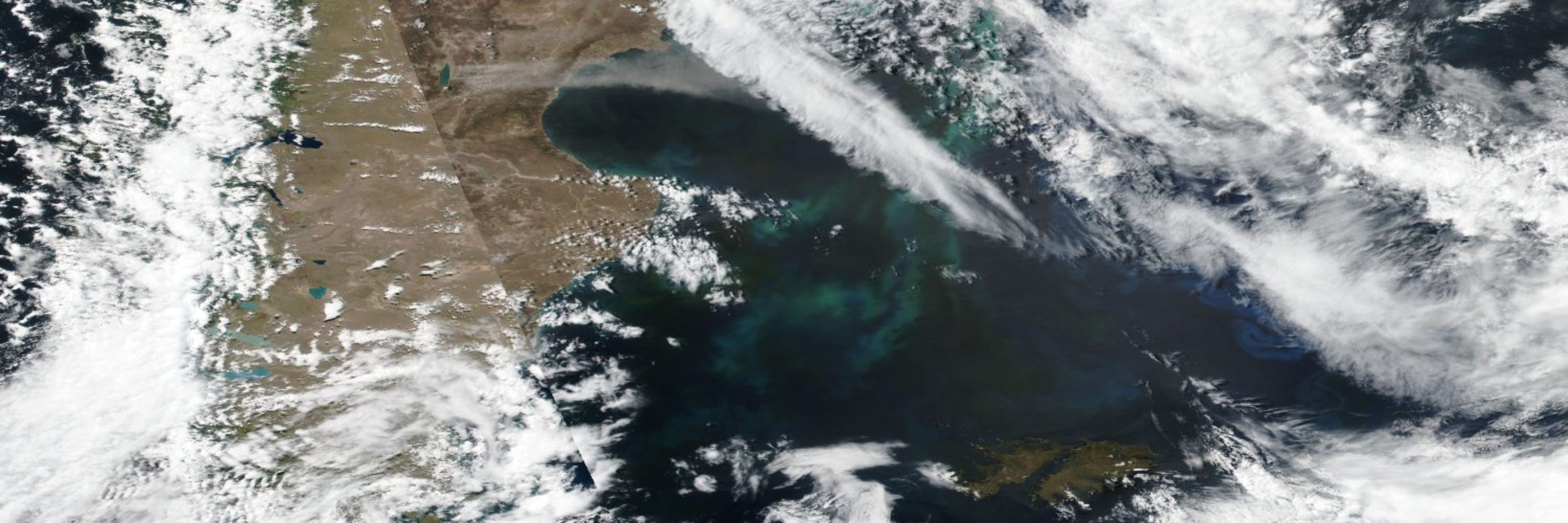
Hello all, there are a lot of new people here so I thought of re-introducing myself. I am a Earth Observation (EO) aerosol scientist contracted to work for the only agency that has put people on the moon.
1/8
Below is an old self-introduction and description of what I have fun with (professionally speaking) .
The times are quite different than when I posted this, but well, we are still here, chugging along and hoping for the best.
By revisiting old data collected by a probe descending through #Venus' atmosphere in 1978, new insights were gained about its atmosphere (almost 50 years after the data collection).
agupubs.onlinelibrary.wiley.com/doi/10.1029/...
By revisiting old data collected by a probe descending through #Venus' atmosphere in 1978, new insights were gained about its atmosphere (almost 50 years after the data collection).
agupubs.onlinelibrary.wiley.com/doi/10.1029/...
The title says it all.
A very well articulated text from TerraWatch. It reflects and articulates very well what many in the #EarthScience world has been saying for a while.
Glad to see that people outside the science community is noticing.
newsletter.terrawatchspace.com/why-science-...

The title says it all.
A very well articulated text from TerraWatch. It reflects and articulates very well what many in the #EarthScience world has been saying for a while.
Glad to see that people outside the science community is noticing.
newsletter.terrawatchspace.com/why-science-...
The title says it all.
A very well articulated text from TerraWatch. It reflects and articulates very well what many in the #EarthScience world has been saying for a while.
Glad to see that people outside the science community is noticing.
newsletter.terrawatchspace.com/why-science-...

The title says it all.
A very well articulated text from TerraWatch. It reflects and articulates very well what many in the #EarthScience world has been saying for a while.
Glad to see that people outside the science community is noticing.
newsletter.terrawatchspace.com/why-science-...
Interestingly this is the 2nd event this year where I see from satellite dust from Patagonia arriving to this area (in fact the first reached Brazil).
Interestingly this is the 2nd event this year where I see from satellite dust from Patagonia arriving to this area (in fact the first reached Brazil).
AOD magnitudes are typical for pollution traveling ~1000km.



AOD magnitudes are typical for pollution traveling ~1000km.
Arrival times (from satellite) are
La Plata ~ 14:30
Buenos Aires ~ 14:50-15:30
Montevideo 15:30-16:00
The Aeronet stations ..
Arrival times (from satellite) are
La Plata ~ 14:30
Buenos Aires ~ 14:50-15:30
Montevideo 15:30-16:00
The Aeronet stations ..
How did CAMS do? @mparrington.bsky.social



How did CAMS do? @mparrington.bsky.social
www.elpatagonico.com/bomberos-y-b...

www.elpatagonico.com/bomberos-y-b...
In addition of the massive dust storm yesterday in Patagonia, the same winds fanned a big forest 🔥in the Andes foothills .
As of this morning , fire was still active and brigades were deployed to contain it. See
www.elpatagonico.com/incendio-el-...

In addition of the massive dust storm yesterday in Patagonia, the same winds fanned a big forest 🔥in the Andes foothills .
As of this morning , fire was still active and brigades were deployed to contain it. See
www.elpatagonico.com/incendio-el-...
This morning over southern S. America, #highlatitudedust emitted yesterday during the massive wind storm in central Patagonia is well on its way northbound, probably the city of Buenos Aires sometime today.
(see previous posts for more)


This morning over southern S. America, #highlatitudedust emitted yesterday during the massive wind storm in central Patagonia is well on its way northbound, probably the city of Buenos Aires sometime today.
(see previous posts for more)
NASA's Cloudsat 🛰️ was a polar radar sensor (ie once/day overpass).
For precipitation monitoring, a geostationary radar is highly desirable but it doesn't exist yet.
But one could try recreate the radar signal from existing geo sensor as this paper discusses.
link.springer.com/article/10.1...

NASA's Cloudsat 🛰️ was a polar radar sensor (ie once/day overpass).
For precipitation monitoring, a geostationary radar is highly desirable but it doesn't exist yet.
But one could try recreate the radar signal from existing geo sensor as this paper discusses.
link.springer.com/article/10.1...
Higher spatial and temporal resolution reanalysis data reveals that magnitude of small-scale short-lived features has increased at a higher rate than that of larger features
agupubs.onlinelibrary.wiley.com/doi/full/10....

Higher spatial and temporal resolution reanalysis data reveals that magnitude of small-scale short-lived features has increased at a higher rate than that of larger features
agupubs.onlinelibrary.wiley.com/doi/full/10....

Inequalities noted in when doing #greenhousegases attribution based on income
pubs.acs.org/doi/10.1021/...

Inequalities noted in when doing #greenhousegases attribution based on income
pubs.acs.org/doi/10.1021/...
Most of the sources are active in the middle sector.
Farther south there are more active source (not as many ) but are obstructed by clouds.


Most of the sources are active in the middle sector.
Farther south there are more active source (not as many ) but are obstructed by clouds.




On Saturday (11/15/2025), a massive #storm front plunged the afternoon into darkness within seconds, as dense clouds swept over the city, shocking residents with its intensity.🤯⛈️

